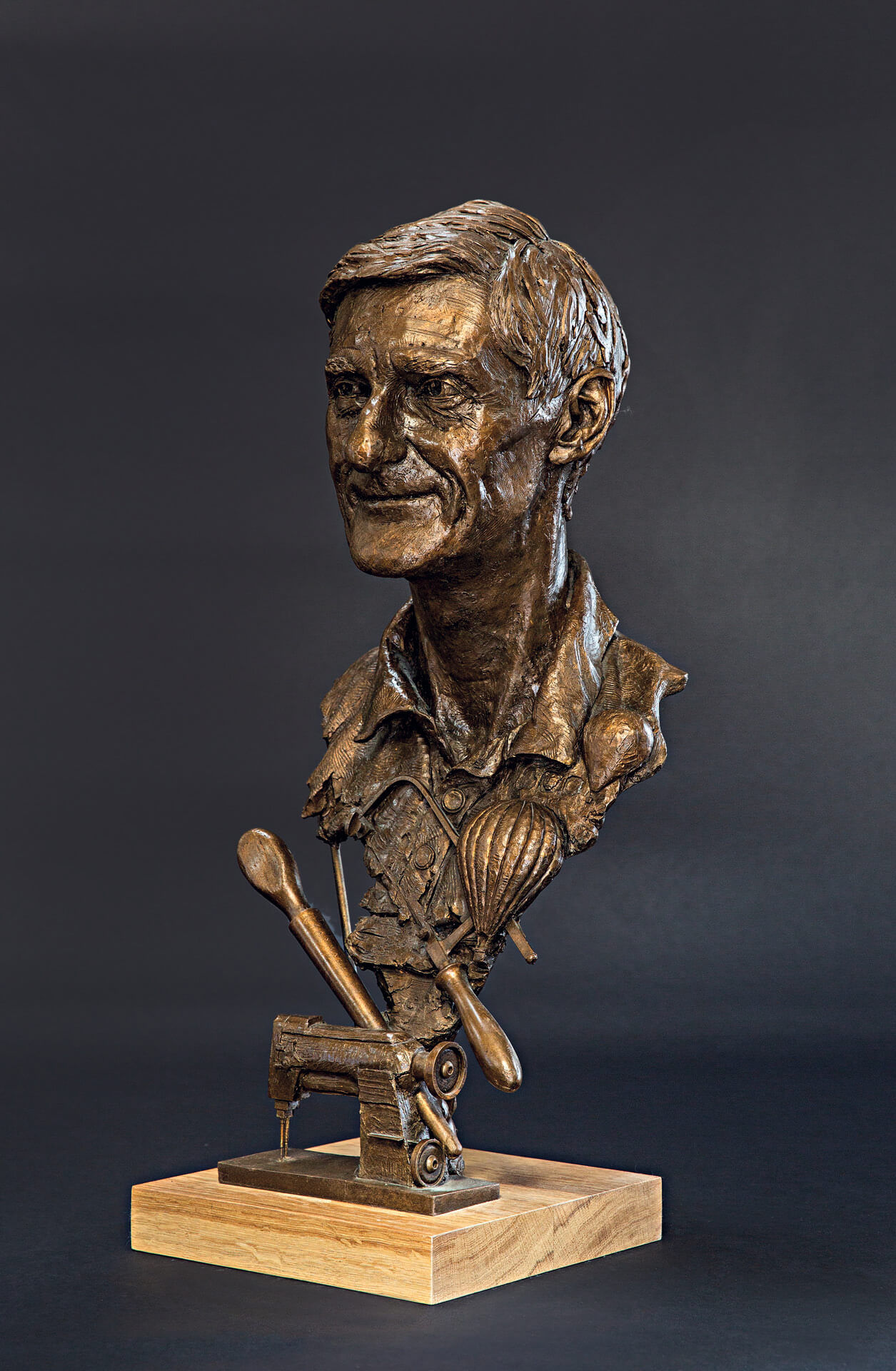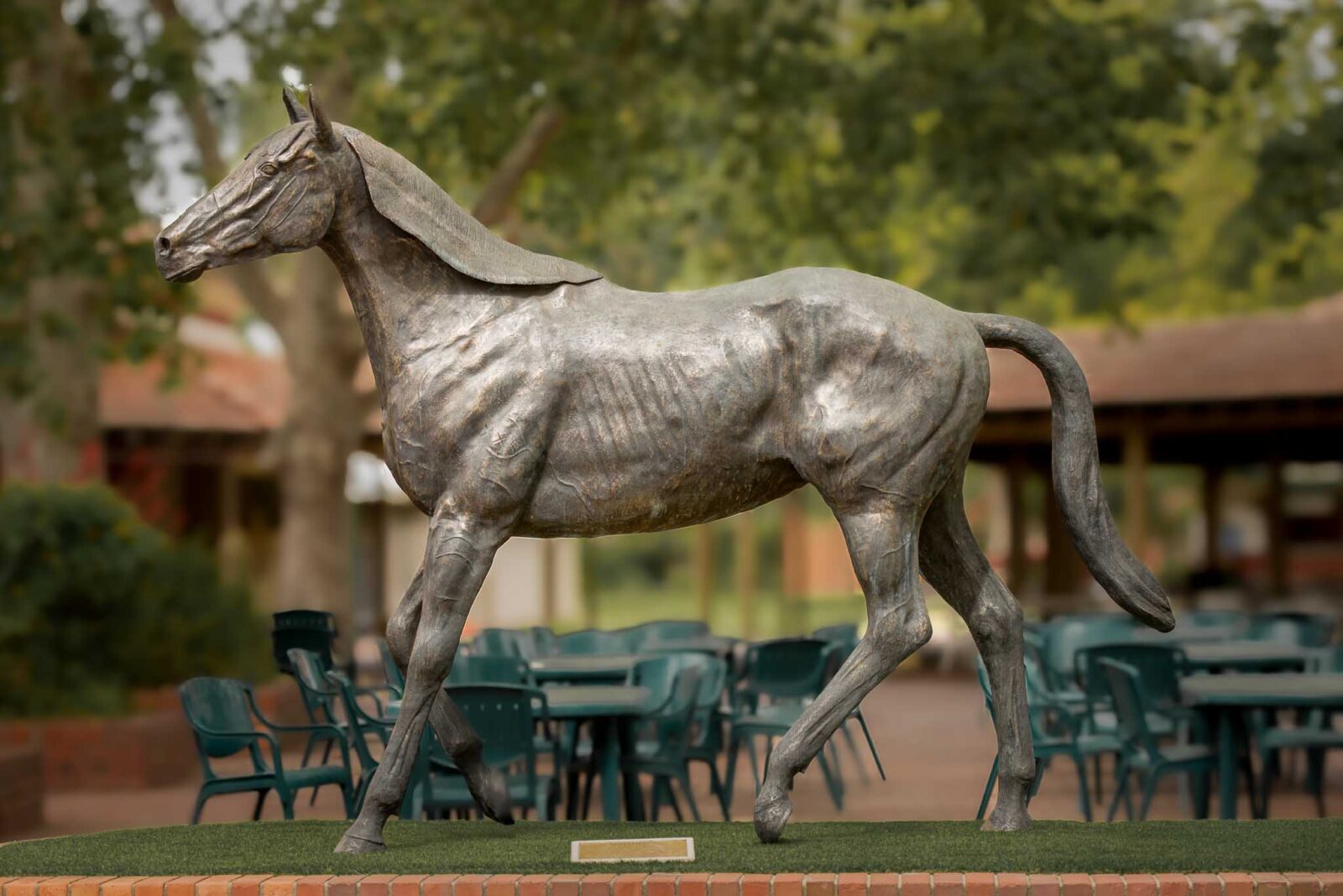Sculptures as an Expression of Human Emotions
Sculptures have long been admired as a powerful tool for sharing the midsts and complexities of human emotions. Through the skillful adjustment of appearance, type, and composition, artists have the capacity to catch the intangible significance of happiness, unhappiness, love, anger, and hope. These substantial masterpieces act as an aesthetic representation of the range of feelings that define the human experience. From the calm appeal of a smiling face to the raw strength of a contorted number, sculptures supply a distinct and classic home window into the globe of human emotions. With each carve stroke and clay molding, carvers breathe life right into their creations, permitting us to reverberate and connect with the psychological narratives they share. In this expedition, we will explore the extensive impact that sculptures have in sharing and evoking human feelings.
The Power of Capturing Happiness and Joy
The intrinsic power of sculptures lies in their capability to record and communicate the extensive feelings of delight and joy through the skilled adjustment of form and product. Sculptures have actually been utilized throughout background as a way of sharing human emotions, and pleasure and joy are among one of the most common emotions depicted in these art kinds.
One of the methods sculptures capture happiness and joy is through the careful choice and control of kind. Musicians utilize various strategies to create sculptures that stimulate a sense of delight, such as illustrating numbers in vibrant and uplifting presents, or utilizing streaming lines and contours to produce a sense of motion and energy. The choice of material also plays a significant role in conveying these feelings. Artists often make use of products that have an all-natural heat and vibrancy, such as bronze or marble, to improve the cheerful and pleased qualities of their job.
In addition, the competent usage of face expressions and gestures in sculptures can properly share delight and happiness. Musicians carefully sculpt the smiles, giggling, and expressions of pleasure on the faces of their subjects, bringing them to life and catching the essence of these feelings. The positioning of the body and the gestures represented by the sculpture can likewise communicate a feeling of delight and joy, whether it is a figure with outstretched arms, dancing, or accepting others.
Checking Out the Depths of Despair and Sorrow
An expedition into the midsts of sadness and grief can be accomplished through the expressive sculptures that capture the essence of these extensive feelings. These sculptures function as an aesthetic representation of the human experience, permitting customers to get in touch with their very own feelings of despair and sorrow on a much deeper level.
Through the skillful control of texture, kind, and expression, artists can communicate the facility emotions linked with sadness and grief. The use of elongated, hunched numbers or contorted, uneasy expressions can evoke a feeling of despair and pain. The option of materials, such as chilly, harsh stone or dark, weather-beaten metal, can further boost the melancholic and mournful state of mind of the sculptures.
Additionally, the power of these sculptures hinges on their ability to go beyond language obstacles - Bronze Sculptures. No matter linguistic or cultural distinctions, the universal language of art allows individuals from varied backgrounds to attach and understand with the feelings portrayed in these sculptures. Robert C Hitchcock Sculptor. It is with this shared experience that a feeling of catharsis and understanding can be achieved
Revealing the Complexity of Love and Wish
Unveiling the details of affection and wishing, sculptures provide an extensive exploration right into the complexity of love and wish. Via the use of numerous materials and strategies, sculptors have actually had the ability to catch the significance of these powerful emotions and share them in tangible types. Love, with its several dimensions and subtleties, is a subject that has captivated musicians throughout background. From the tender embrace of a discover here pair to the enthusiastic complexity of bodies, sculptures have actually depicted the varied expressions of love and desire.
One such instance is Auguste Rodin's iconic sculpture, "The Kiss." This masterpiece depicts two fans secured in an intimate embrace, their bodies braided in a moment of extreme enthusiasm. The sculpture not just records the physical link in between the lovers but also evokes a deeper psychological bond. The complex information and the skilled craftsmanship emphasize the intricacy of their love and wish.
Sculptures additionally discover the darker side of love and need, introducing the intricacies that can emerge from these extreme feelings. Contemporary Sculptures. Some sculptures illustrate the torture and distress that can go along with unrequited love or the damaging power of obsessive desire. These artworks act as a suggestion that love and need can be both beautiful and tough, bringing pleasure and discomfort in equal measure
Conveying Temper and Stress With Sculptures
With the portrayal of tense postures and bent types, sculptures express the strength of temper and disappointment. Artists have long transformed to the tool of sculpture to convey these effective emotions, using numerous methods to capture the raw power and turmoil related to anger and frustration.

One typical method is to illustrate figures in aggressive or confrontational positions. The muscular stress and clenched hands of a sculpture can stimulate a sense of pent-up temper, while twisted arm or legs and contorted faces can convey the frustration really felt by the subject. These physical manifestations of emotion work as a visual depiction of the inner chaos experienced by individuals in minutes of rage and disappointment.
Additionally, musicians typically use meaning and allegory to improve the psychological impact of their sculptures. Sharp, busted forms or jagged sides can signify the devastating nature of anger, while heavy, challenging structures can represent the weight of irritation. By including these elements right into their job, musicians are able to communicate the intensity and intricacy of these feelings in a tangible and visually striking fashion.

Revealing Hope and Strength in Sculptural Form
Sculptures personifying hope and resilience are a testament to the indomitable spirit of the human experience. These art work function as effective icons of positive outlook and toughness despite difficulty. Via the skillful manipulation of materials, musicians have the ability to record the significance of hope and durability, producing sculptures that influence and uplift.
One instance of a sculpture that personifies hope is "The Winged Triumph of Samothrace." This old Greek sculpture portrays a winged goddess standing atop a ship's prow, her garments rippling in the wind. The sculpture shows a feeling of victory and decision, symbolizing the power of hope to overcome obstacles.

Sculptures that express hope and strength work as tips of the human capability to withstand and flourish in the face of adversity. They motivate us to persist, to find toughness in ourselves, and to believe a brighter future. These artworks talk to the universal human experience, offering relief and motivation to those that experience them.
Conclusion
In conclusion, sculptures offer as an effective medium for revealing a wide range of human feelings. By getting rid of personal pronouns, the focus continues to be on the global nature of these emotions and the ability of sculptures to share them in a substantial and enduring way.
Sculptures have long been revered as an effective medium for expressing the midsts and complexities of human emotions. From the calm appeal of a smiling face to the raw strength of a contorted figure, sculptures give a timeless and one-of-a-kind window right into the world of human emotions. In this expedition, we will dive into the extensive effect that sculptures have in sharing and stimulating human emotions.
In final thought, sculptures serve as an effective medium for sharing a broad array of human emotions (Contemporary Sculptures). By getting rid of personal pronouns, the focus stays on the global nature of these emotions and the capability of sculptures to communicate them in a concrete and enduring way